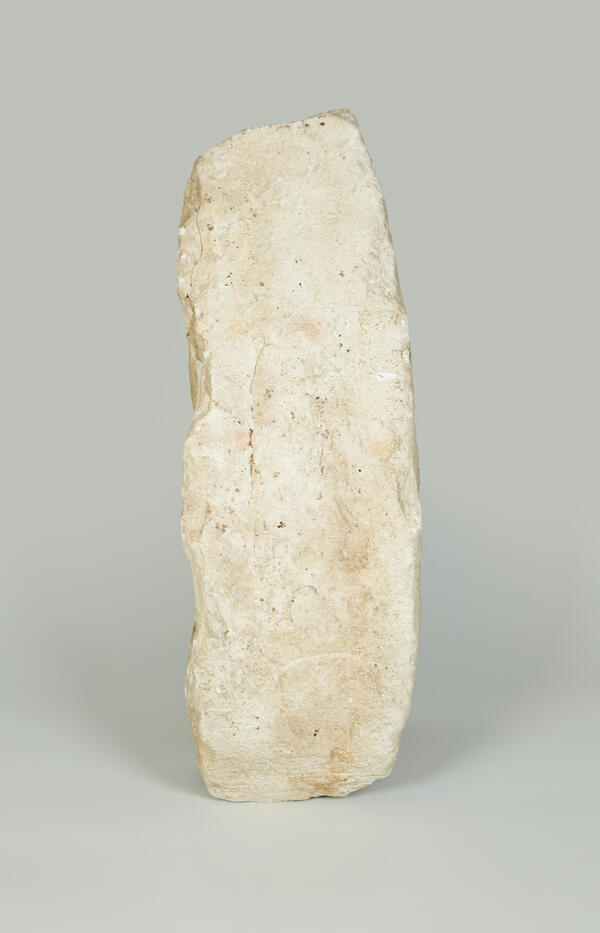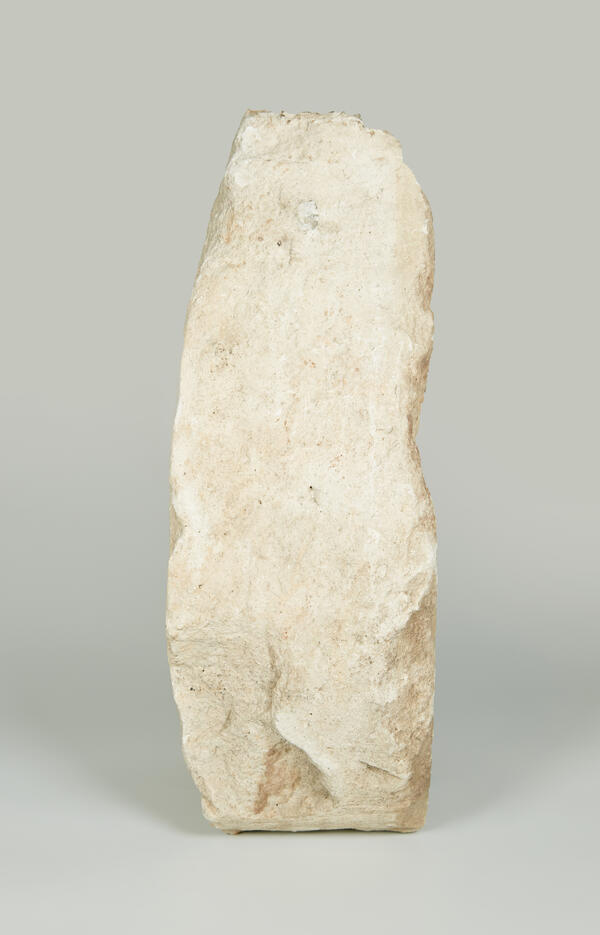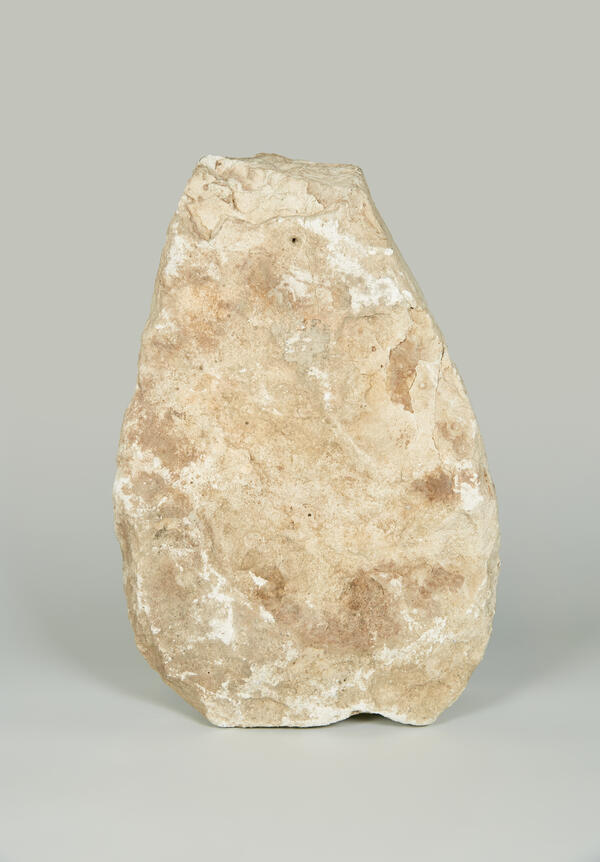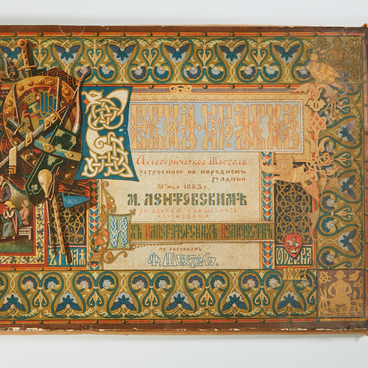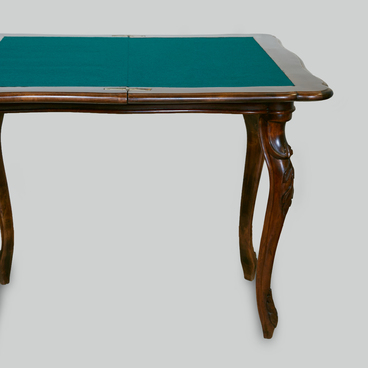The Sukharev Tower — the largest civil building in Moscow of the 17th century — was erected at the intersection of the historically developed defensive belt of Moscow and the road to the Trinity Lavra of St. Sergius. Throughout its existence, this monument of Russian architecture was shrouded in many myths and legends. Its origin is no exception.
In 1689, Peter the Great fled to the Trinity Lavra of St. Sergius and hid there from the political persecution of his sister, Princess Sophia. Subsequently, according to legend, the escaped ruler decided to erect a triumphal monument — a ceremonial gateway into the city on the road leading to the monastery — and name it in honor of Lavrenty Sukharev, whose Streltsy regiment defended the Sretensky Gate that was stationed at that place.
The tower was built in two stages. Within three years, from 1692 to 1695, the first and second tiers of the structure were erected — the gate and two chambers with an entrance hall. Later, a clock tower arose above them with four smaller ones with pointed roofs at the corners. The new structure was built in the Naryshkin Baroque style: exposed red brick walls with a magnificent décor in white stone. In 1698–1701, Peter I returned from Europe, the third tier was built, and the tower that crowned the structure became more elongated, reminiscent of Dutch town halls. The walls of the third floor were decorated with a lot of double windows with intricate casings. There was a wide staircase leading to the gallery around the second and third tiers. It is believed that the main work on the construction of the tower was carried out under the supervision of the talented architect Mikhail Ivanovich Tchoglokov.
At the turn of the 20th century, transport problems worsened in the area of Bolshaya and Malaya Sukharevskaya Squares due to rather high-density development. Only one tram line passed through the gate of the Sukharev Tower, which led to a myriad of cars waiting for the road to be cleared for going in the opposite direction. In the 1910s, proposals were put forward to add additional passages through the arches of the tower, but these ideas were not implemented. In August 1933, a report was published in the newspaper Rabochaya Moskva that the demolition of the Sukharev Tower would be carried out in the period from August 19 to October 1. The scientific and artistic community strongly opposed it. However, the decision was final, as evidenced by the documents of 1934. On the evening of April 13, 1934, Mosrazbortrest brigades began dismantling the Sukharev Tower.

